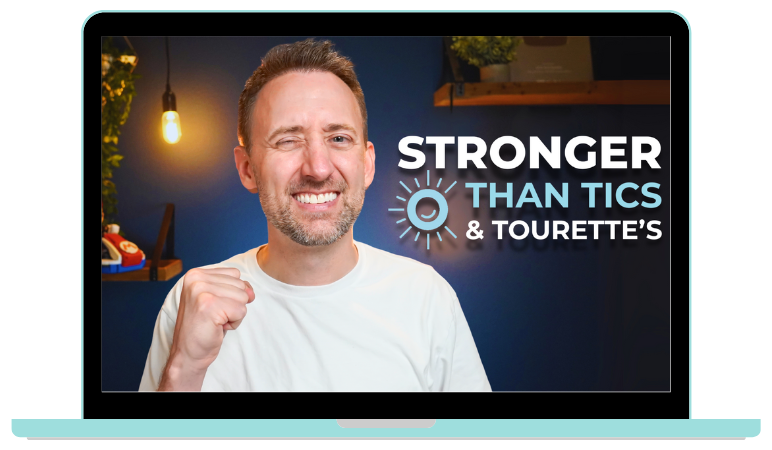Understanding Harm OCD: A Simple Guide
Jun 09, 2024
Obsessive-Compulsive Disorder (OCD) can manifest in various ways. One specific type, Harm OCD, can be particularly distressing. This guide will help you understand Harm OCD, its symptoms, and the effective treatment known as Exposure and Response Prevention (ERP).
What is Harm OCD?
Harm OCD is a form of Obsessive-Compulsive Disorder where individuals are plagued by intrusive thoughts of causing harm to themselves or others. These thoughts can be extremely upsetting and lead to significant anxiety, even though the person has no intention of acting on them. It's important to understand that people with Harm OCD do not want to harm anyone; their fear comes from the thoughts themselves.
Common Symptoms of Harm OCD
- Intrusive Thoughts: Unwanted, repetitive thoughts about causing harm to others, such as thinking they might accidentally hurt someone with a knife or a vehicle.
- Avoidance Behavior: Avoiding situations or objects that might trigger these thoughts, like staying away from sharp objects or driving.
- Checking and Reassurance Seeking: Constantly checking to make sure they haven’t hurt someone or seeking reassurance from others that they are not a danger.
- Mental Rituals: Engaging in mental processes to 'neutralize' or counteract the harmful thoughts, such as repeating phrases or praying.
The Impact of Harm OCD
Harm OCD can deeply affect daily life. It can lead to avoidance of activities or interactions, impacting personal relationships, work, and overall well-being. The constant worry and fear can be exhausting and isolating.
Treatment: Exposure and Response Prevention (ERP)
One of the most effective treatments for Harm OCD is a type of therapy called Exposure and Response Prevention (ERP). ERP is a form of Cognitive-Behavioral Therapy (CBT) specifically designed to help people with OCD.
How Does ERP Work?
ERP works by gradually exposing the person to the thoughts or situations that trigger their anxiety and preventing their usual compulsive responses. Over time, this helps reduce the fear and distress associated with the intrusive thoughts.
Steps in ERP
- Identification of Triggers: The therapist helps the individual identify the specific thoughts, images, or situations that trigger their anxiety.
- Creating a Hierarchy: The therapist and the individual create a list of these triggers, ranking them from least to most anxiety-provoking.
- Gradual Exposure: Starting with the least anxiety-provoking trigger, the individual is gradually exposed to these thoughts or situations.
- Preventing Compulsions: During exposure, the individual is encouraged to resist the urge to perform their usual compulsive behaviors or mental rituals.
Example of ERP for Harm OCD
For someone with Harm OCD who is afraid of using knives, ERP might involve starting with looking at pictures of knives, then holding a plastic knife, and eventually working up to using a knife to cut food. At each step, the individual practices not engaging in any compulsive behaviors, such as repeatedly checking the knife or seeking reassurance.
Why ERP Works
ERP is effective because it helps individuals confront their fears directly and learn that their anxiety will decrease over time without performing compulsions. This process is known as habituation. Through repeated exposure and prevention of compulsions, the brain starts to recognize that the feared outcome is unlikely to happen, reducing the power of the intrusive thoughts.
Getting Help
If you or someone you know is struggling with Harm OCD, it’s important to seek professional help. ERP is a structured treatment that should be guided by a trained therapist. Many people with Harm OCD find significant relief and improvement in their quality of life with the right support and treatment.
Conclusion
Harm OCD can be overwhelming, but understanding the condition and knowing that effective treatments like ERP exist can be empowering. With patience and the right guidance, individuals can learn to manage their symptoms and regain control over their lives.
















